
Beacons on traffic lights will be ‘talking’ to cars in York as intelligent transport technology is used to reduce congestion in the city.
City of York Council has won £2.85m funding for its revolutionary Smarter Travel Evolution Programme (STEP) from the local road network strand of the government’s National Productivity Investment Fund.
STEP takes advantage of York’s unparalleled ultra fast fibre optic connectivity and the cutting edge transport research the government is already funding in the city.
Detectors located on traffic lights, bollards and other street furniture will track vehicle movements by anonymous signatures collected from people using mobile data services. This will then be processed using the most sophisticated real-time traffic data and analysis in the country. The system will also be able to talk to the new generation of connected and ‘driverless’ vehicles.
Starting in April 2018, tnational productivity fundhe two year life of STEP will transform the way the council manages the city’s roads, from changes to how traffic lights react to traffic flows through to designing junctions and road improvements.
This will also allow the council to better understand and model the potential impact of changes and demands on the network such as new homes and employment sites are created.
STEP will also provide ready-made technology to communicate with the connected and autonomous vehicles which are predicted to revolutionise transport with this data. (more…)


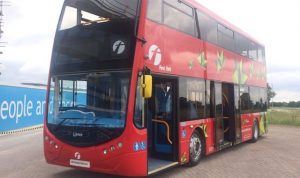

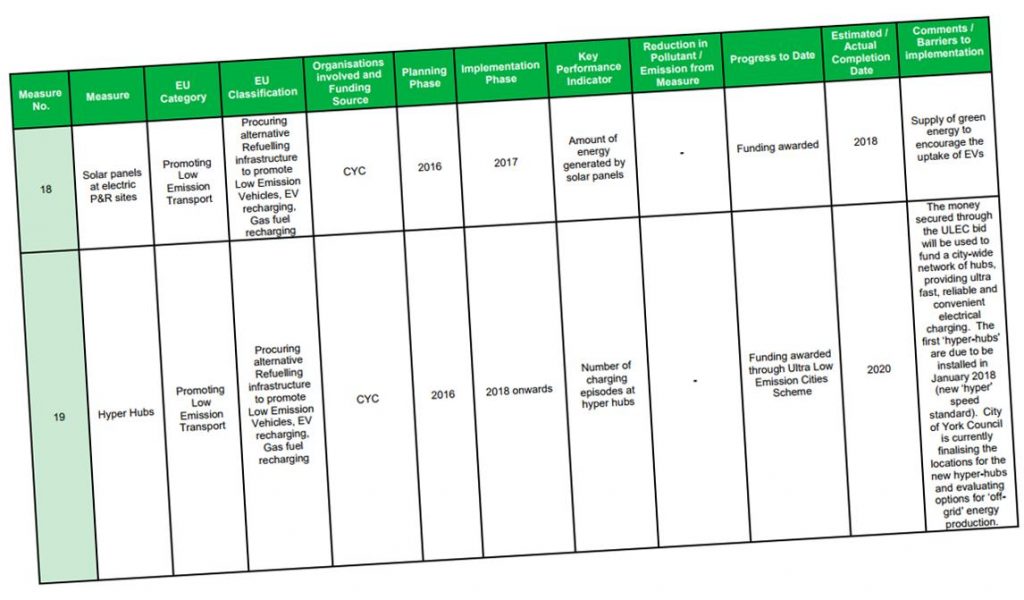
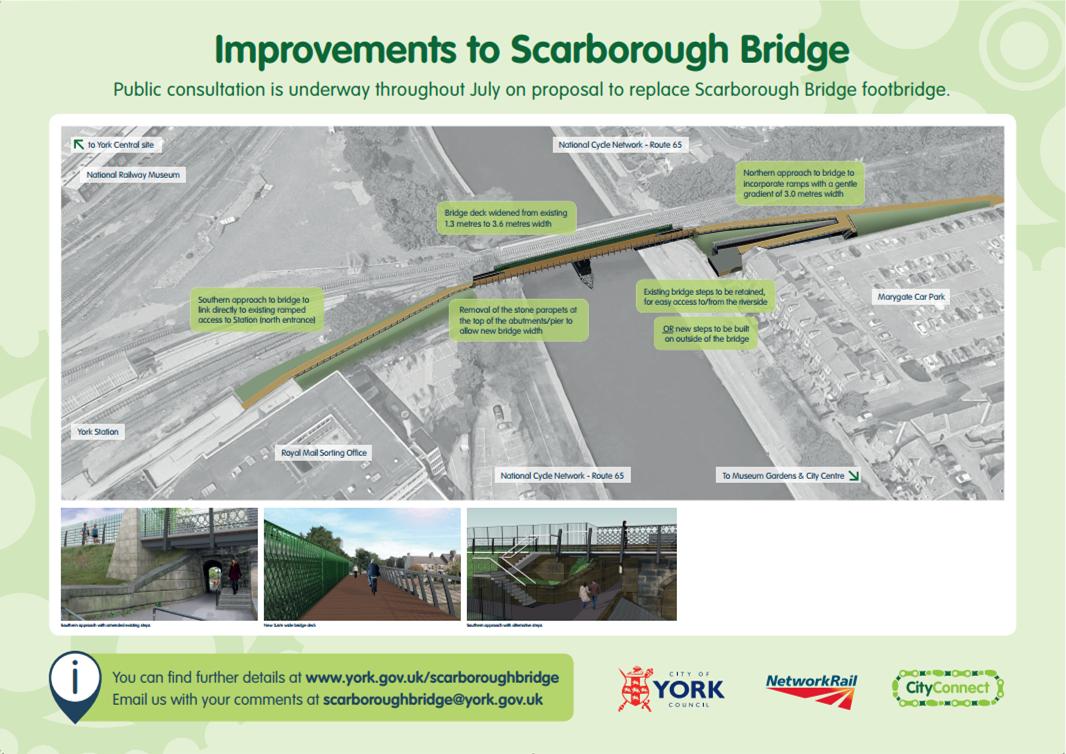
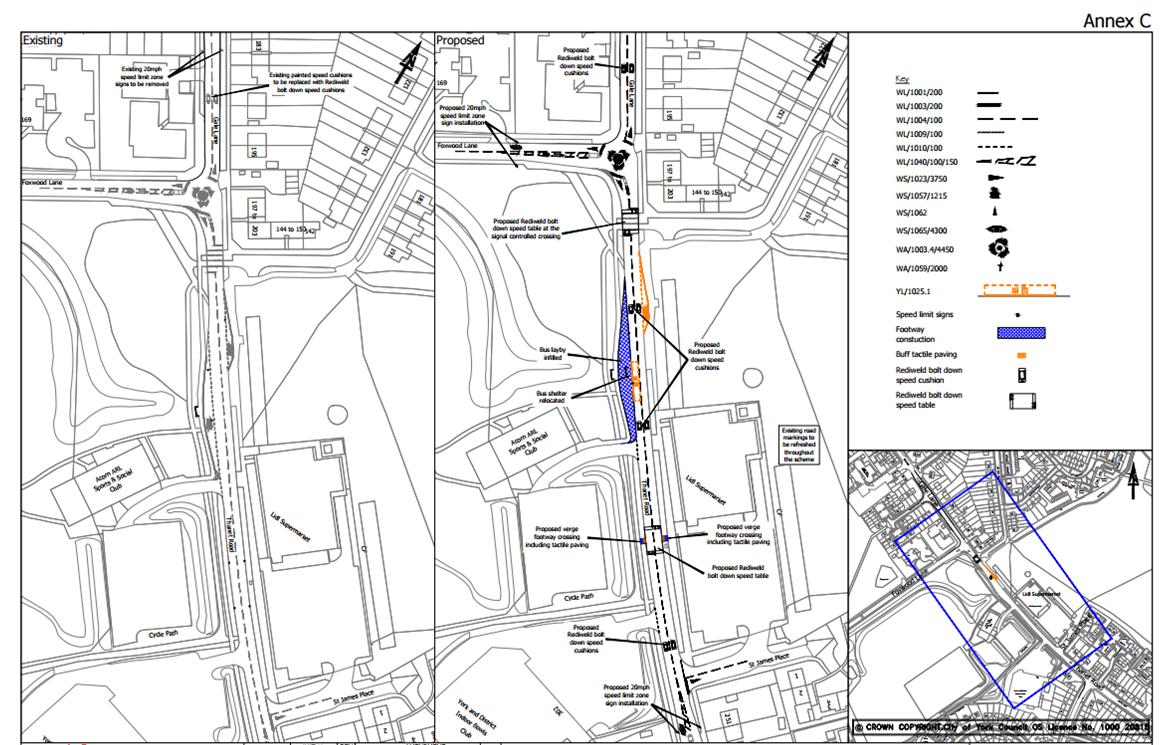
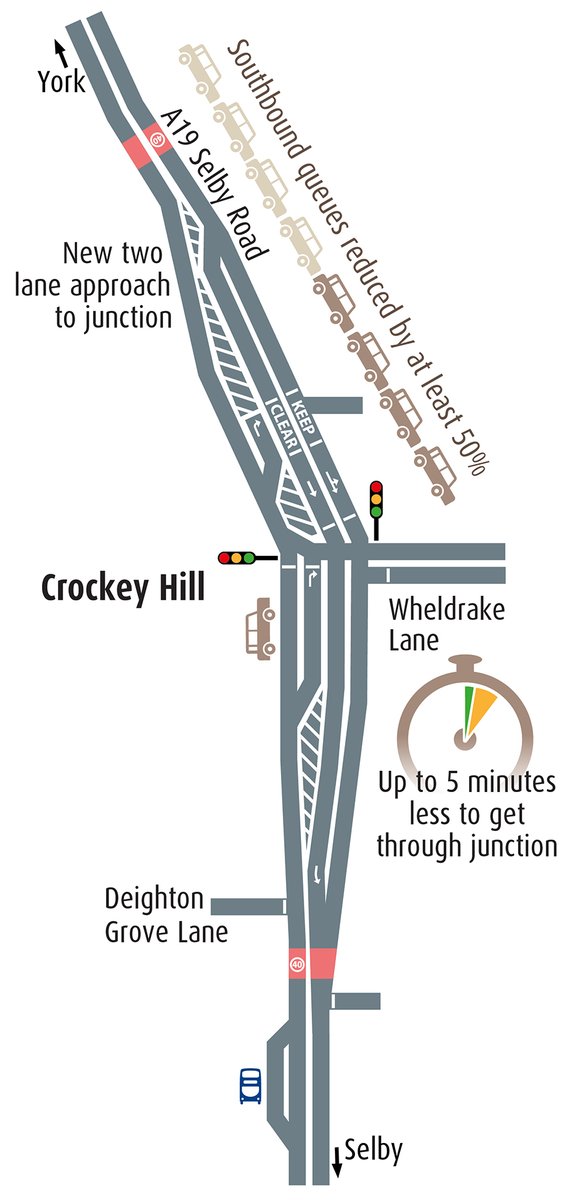 City of York Council is asking for comments on new proposals which could help reduce congestion on one of York’s busiest roads.
City of York Council is asking for comments on new proposals which could help reduce congestion on one of York’s busiest roads.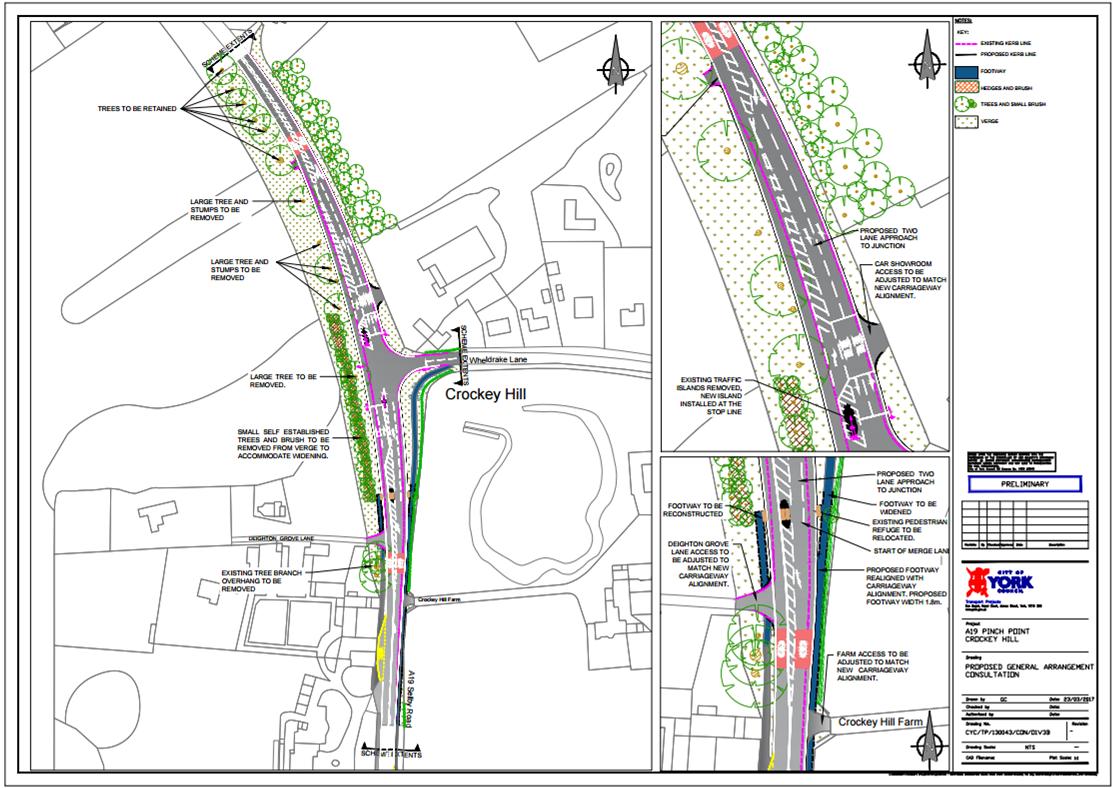
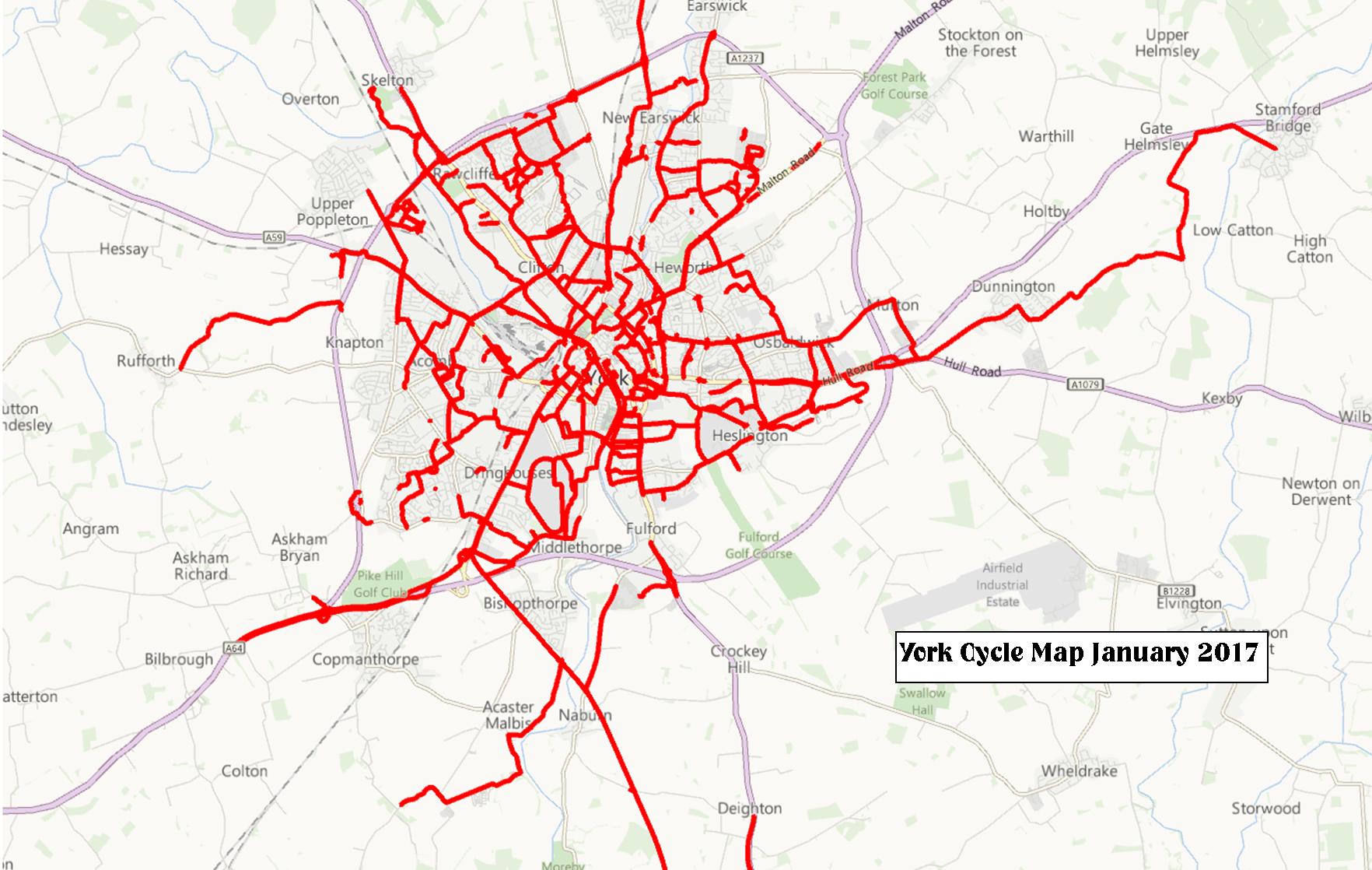

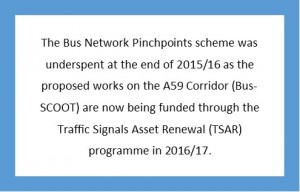
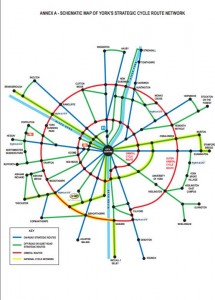
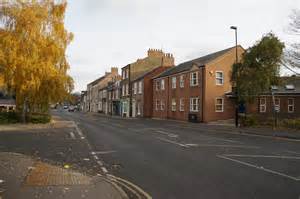
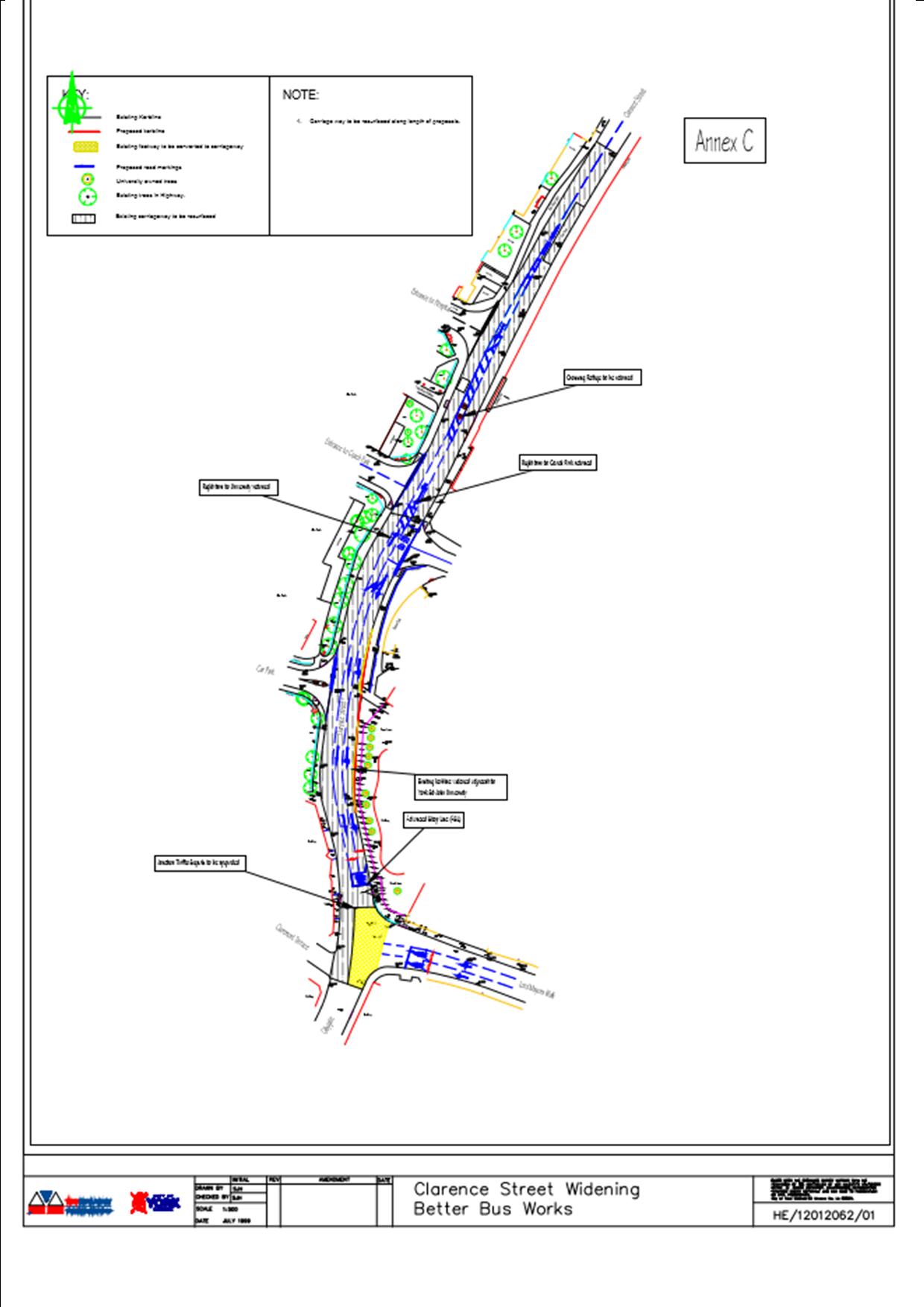

 York seems likely to be without a permanent replacement for its Chief Executive for at least another 6 months.
York seems likely to be without a permanent replacement for its Chief Executive for at least another 6 months.